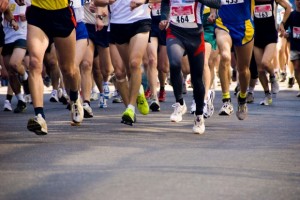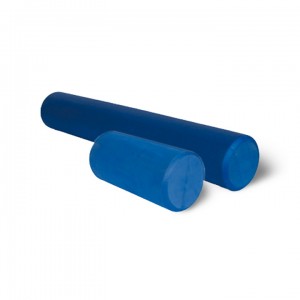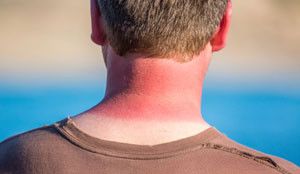 The biggest running event of the year in Victoria BC is just around the corner: the annual GoodLife Fitness Victoria Marathon.
The biggest running event of the year in Victoria BC is just around the corner: the annual GoodLife Fitness Victoria Marathon.
The marathon weekend features four different races: the Marathon, the Half Marathon, 8K Road Race, and the Thrifty Foods Kids Run. The race weekend also includes a Victoria Marathon Race Expo. The Expo is free and open to the public to view over 40 exhibitors featuring sponsors, souvenirs, merchandise, running apparel and accessories, nutritional and fitness products, samples, interactive displays, as well as a speakers series.
Marathon training is a big commitment, incorporating training that is mental, physical and emotional. Training and preparing for a marathon happens months before race day, however, the 48 hours before a race can help or hinder your run; here are a few last minute tips to help you reach your goal on the day of the run.
~ Change as little as possible from your normal routine.
~ Don’t drink alcohol or caffeine the night before your race as it can have a dehydrating effect.
~ Don’t do any work that involves heavy lifting, bending, or kneeling.
~ Trim and clip your toenails to prevent them from hitting the front of your shoes, which can lead to bloody or black toenails.
~ No massages 48 hours before the marathon. A massage will release toxins stored in your muscles and move them into your circulatory system, which is not good, on the day before your marathon.
~ Be sure to run the day before the race. Taking a day off two days before the race will leave you refreshed, where as a day off immediately preceding the race can often results in the opposite effect leaving you feeling sluggish thee next day.
~ Leave plenty of time to get to the race by planing your route to make sure you get to the race start early. Remember there will be thousands of people trying to do exactly the same thing.
~ Review your strategy by going over the course map and your goals for the race.
~ Get organized & plan ahead: Lay out your running gear the night before race day. Also make sure you pack essential items such as the Race Bib number, safety pins, race timing chip, running outfit, (including any extra clothing), watch, smartphone etc.
~ Don’t shower on race day as it removes the body’s essential oils which help keep you cool and can help prevent dehydration.
~ When you’ve crossed the finish line, received your medal and photo opt keep moving for approximately 15- 20 minutes to allow your body to warm down slowly.
On race day, it’s all about believing in yourself, and all the hard training you’ve done and being thankful for the journey.







